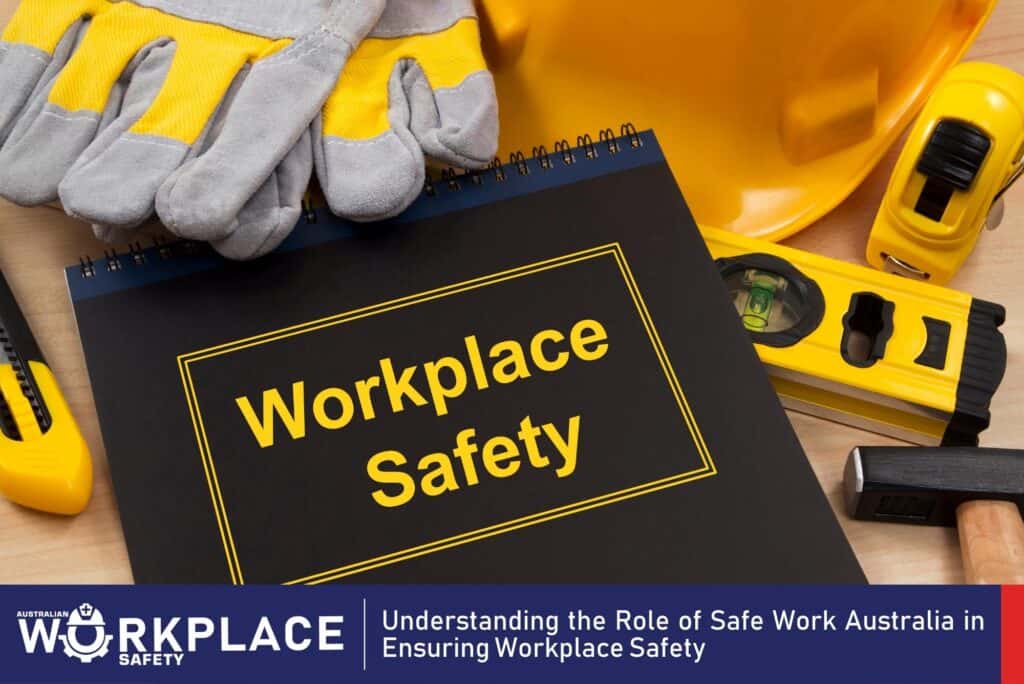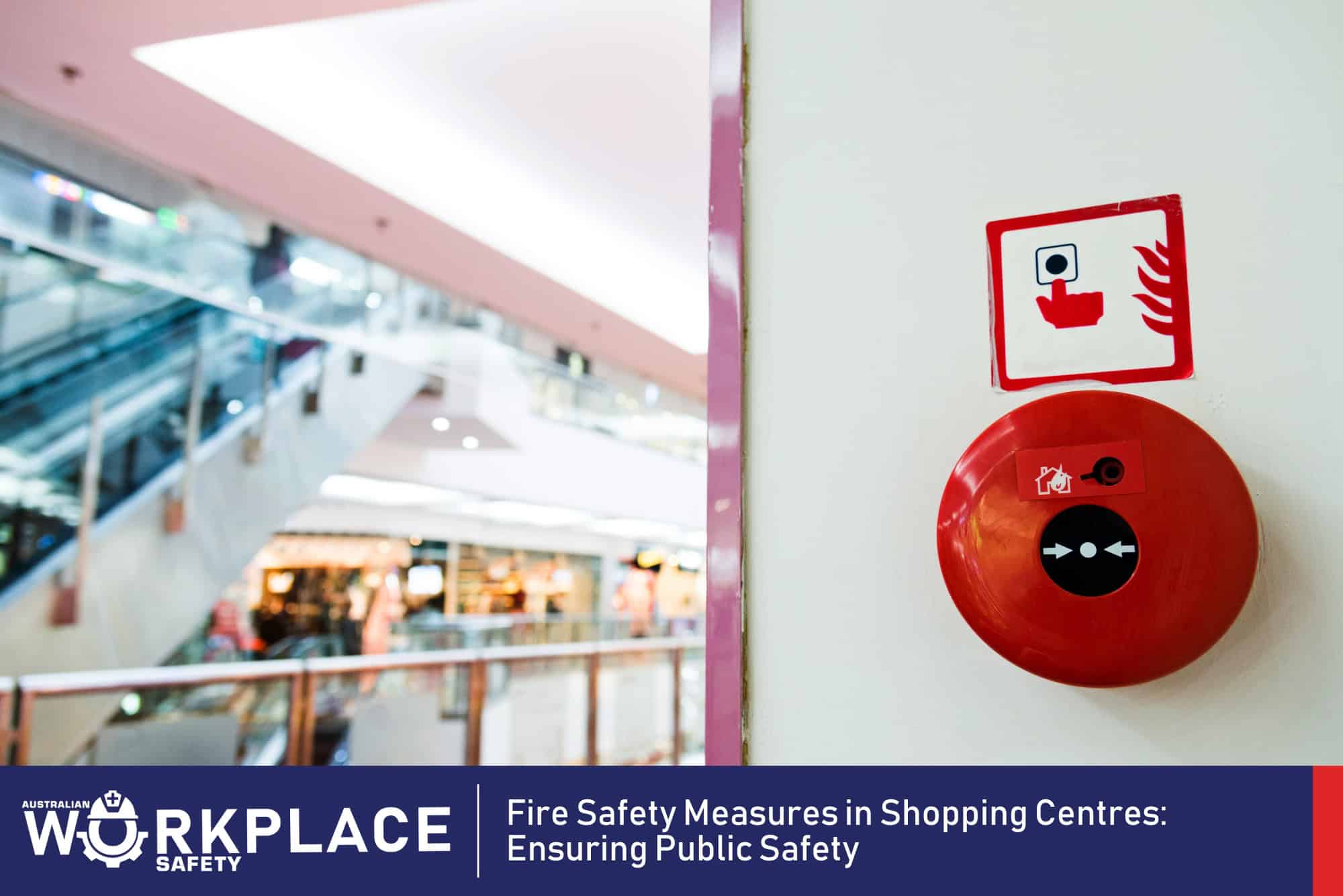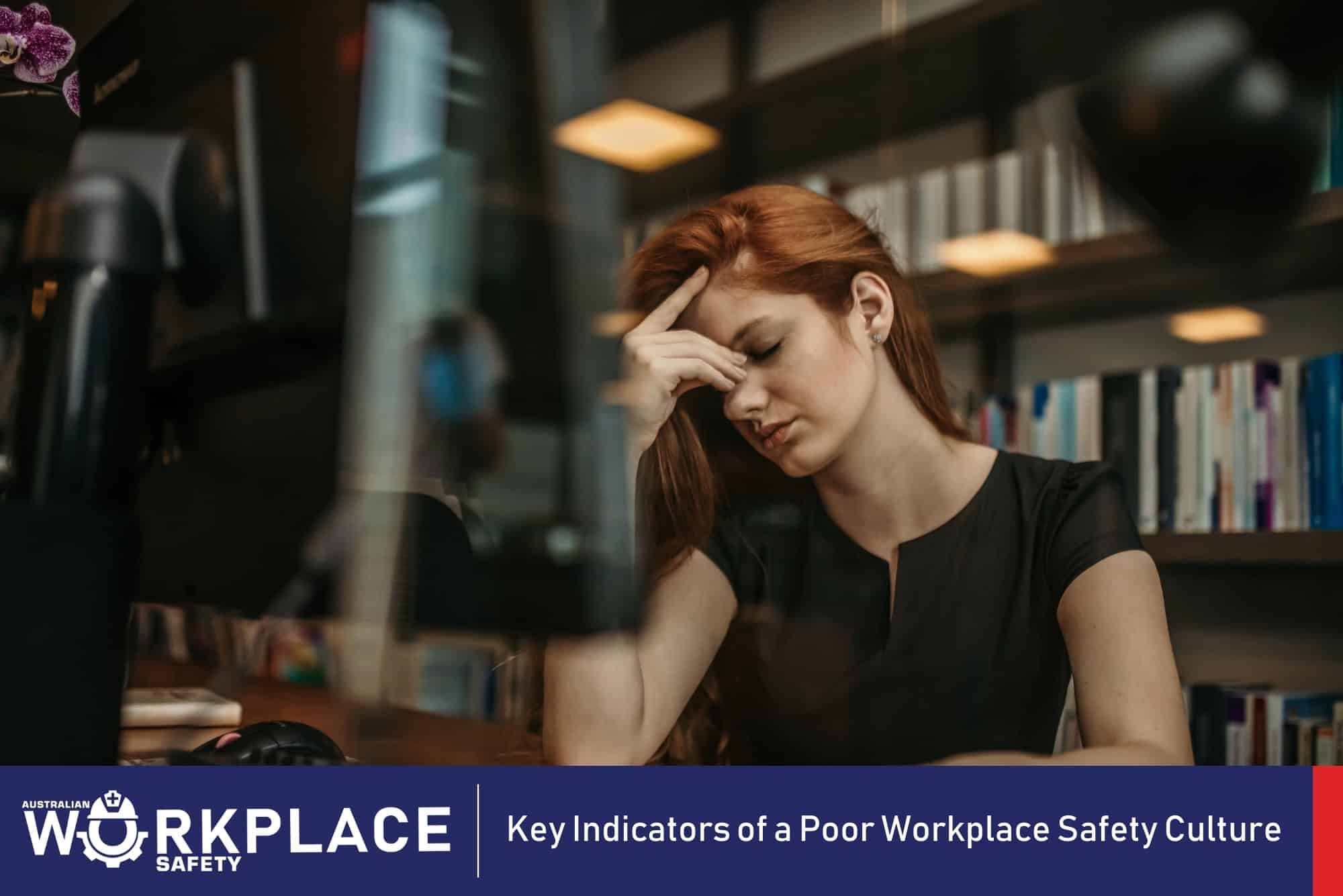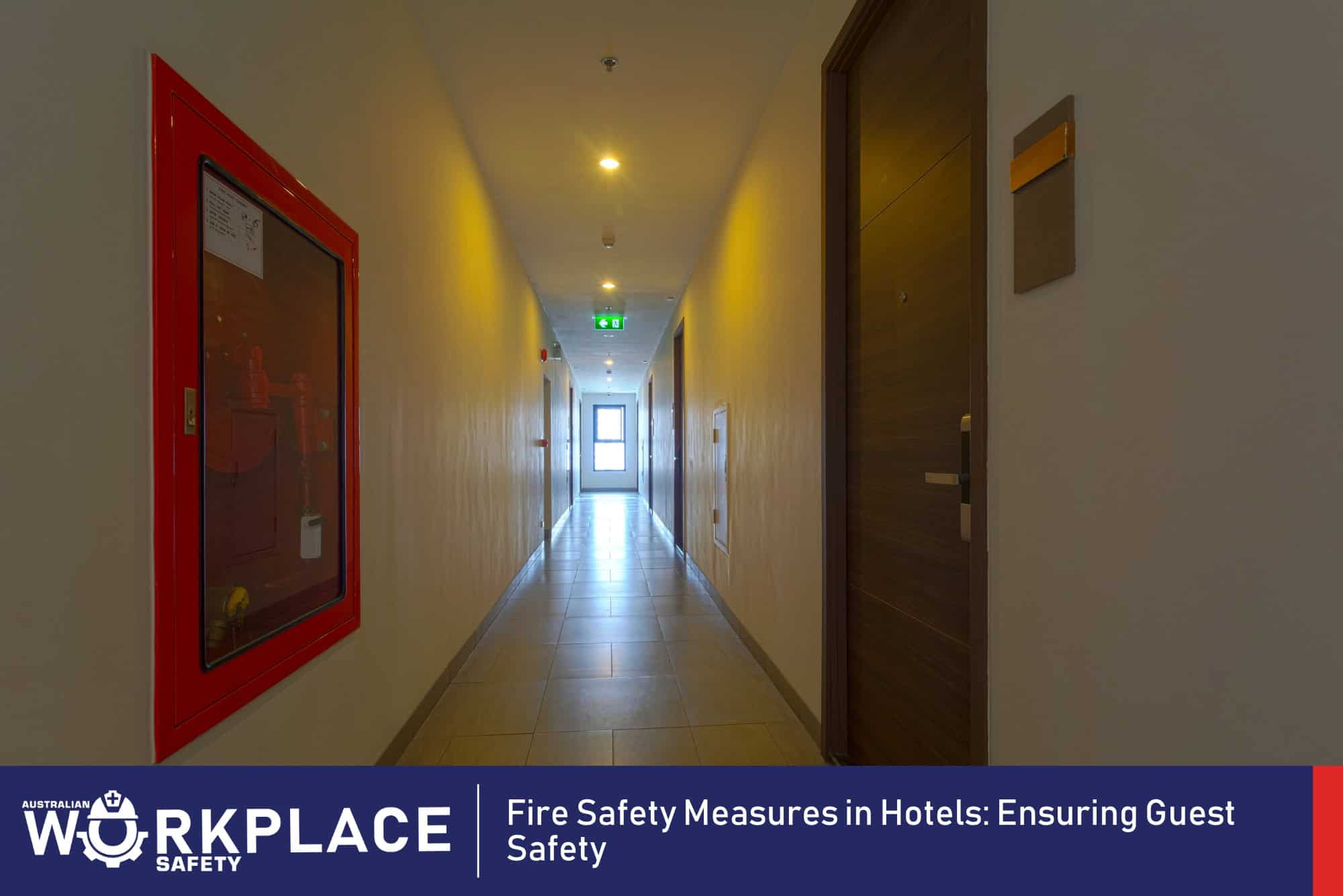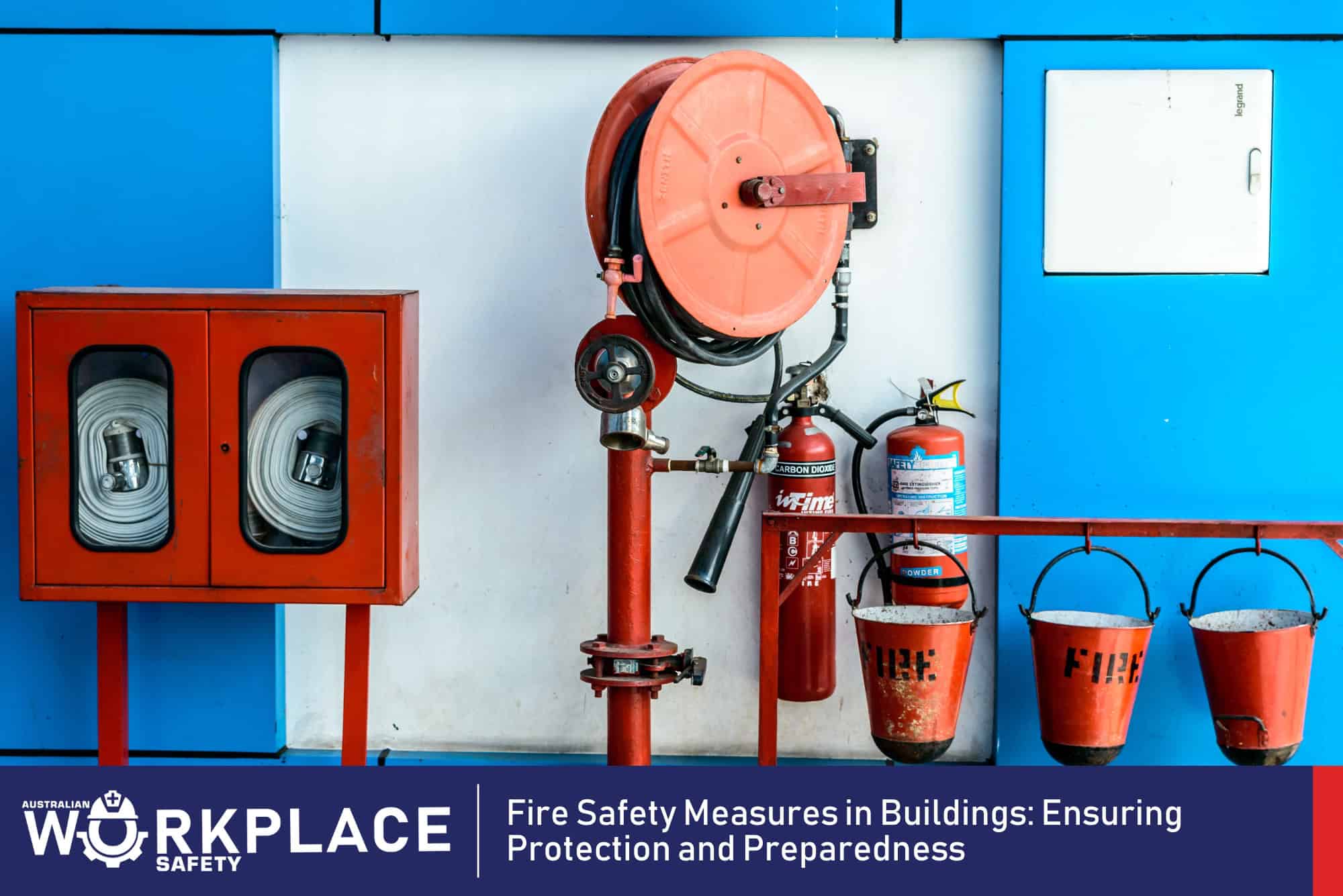Workplace safety is of paramount importance in any society, and Australia is no exception. As a nation that values the well-being of its workforce, Australia has established a comprehensive framework to ensure workplace safety across industries. At the heart of this effort lies Safe Work Australia, a government agency responsible for developing and promoting national policy and guidance on work health and safety. In this article, we will explore the critical role of Safe Work Australia in safeguarding the nation’s workers and fostering a culture of safety.
Introduction to Safe Work Australia
Safe Work Australia is an independent statutory agency established under the Safe Work Australia Act 2008. The agency operates under the auspices of the Australian Government, collaborating with state and territory governments, industry stakeholders, and various organisations to achieve its goals. The primary aim of Safe Work Australia is to drive improvements in work health and safety, workers’ compensation, and associated public policy.
The agency operates under a tripartite model, where representatives from government, business, and unions come together to shape the nation’s work health and safety agenda. This collaborative approach ensures that a wide range of perspectives are considered, leading to policies and guidelines that are practical, effective, and widely supported.
Developing national policy and guidance
One of Safe Work Australia’s key responsibilities is to develop national policy and guidance on work health and safety. This involves conducting research, analysing data, and consulting with stakeholders to identify emerging risks and best practices. The agency’s evidence-based approach ensures that policies and guidelines are informed by the latest research and align with international standards.
Safe Work Australia collaborates with industry representatives, unions, and other stakeholders to gather diverse perspectives, making the policy development process inclusive and effective. The resulting policies and guidelines serve as a reference for employers, employees, and regulators to create safer work environments.
For example, Safe Work Australia has developed guidelines on managing the risks associated with working in extreme heat conditions, handling hazardous chemicals, and controlling the risks of falls in the workplace. These guidelines provide practical advice to businesses on identifying hazards, assessing risks, and implementing effective control measures.
Model work health and safety laws
Safe Work Australia plays a pivotal role in developing and reviewing the model Work Health and Safety (WHS) laws. These model laws form the basis of work health and safety legislation across most Australian states and territories. They provide a consistent framework for ensuring workplace safety, irrespective of the jurisdiction.
The model WHS laws encompass various aspects, including the duty of care of employers and workers, risk management, workplace consultation, and the roles and powers of regulators. The goal is to create a unified approach to workplace safety, reducing confusion and complexity for businesses operating across state borders.
By establishing a harmonised legal framework, Safe Work Australia helps create a level playing field for businesses and ensures that all workers are afforded the same level of protection, regardless of where they work. This consistency also facilitates better coordination between regulators and streamlines compliance efforts for businesses operating nationally.
National compliance and enforcement policy
Safe Work Australia, in collaboration with its state and territory counterparts, also develops the National Compliance and Enforcement Policy. This policy outlines the guiding principles and strategies for enforcing work health and safety laws consistently. It establishes a clear framework for addressing non-compliance and ensuring accountability.
The policy encourages a proactive and preventive approach to compliance, focusing on education and support for businesses to meet their safety obligations. However, it also recognises the need for enforcement measures when necessary to address serious breaches of safety standards.
By promoting a nationally consistent approach to compliance and enforcement, Safe Work Australia helps ensure that businesses and individuals are held accountable for their actions. This consistency strengthens the overall safety culture and encourages organisations to prioritise safety as a fundamental aspect of their operations.
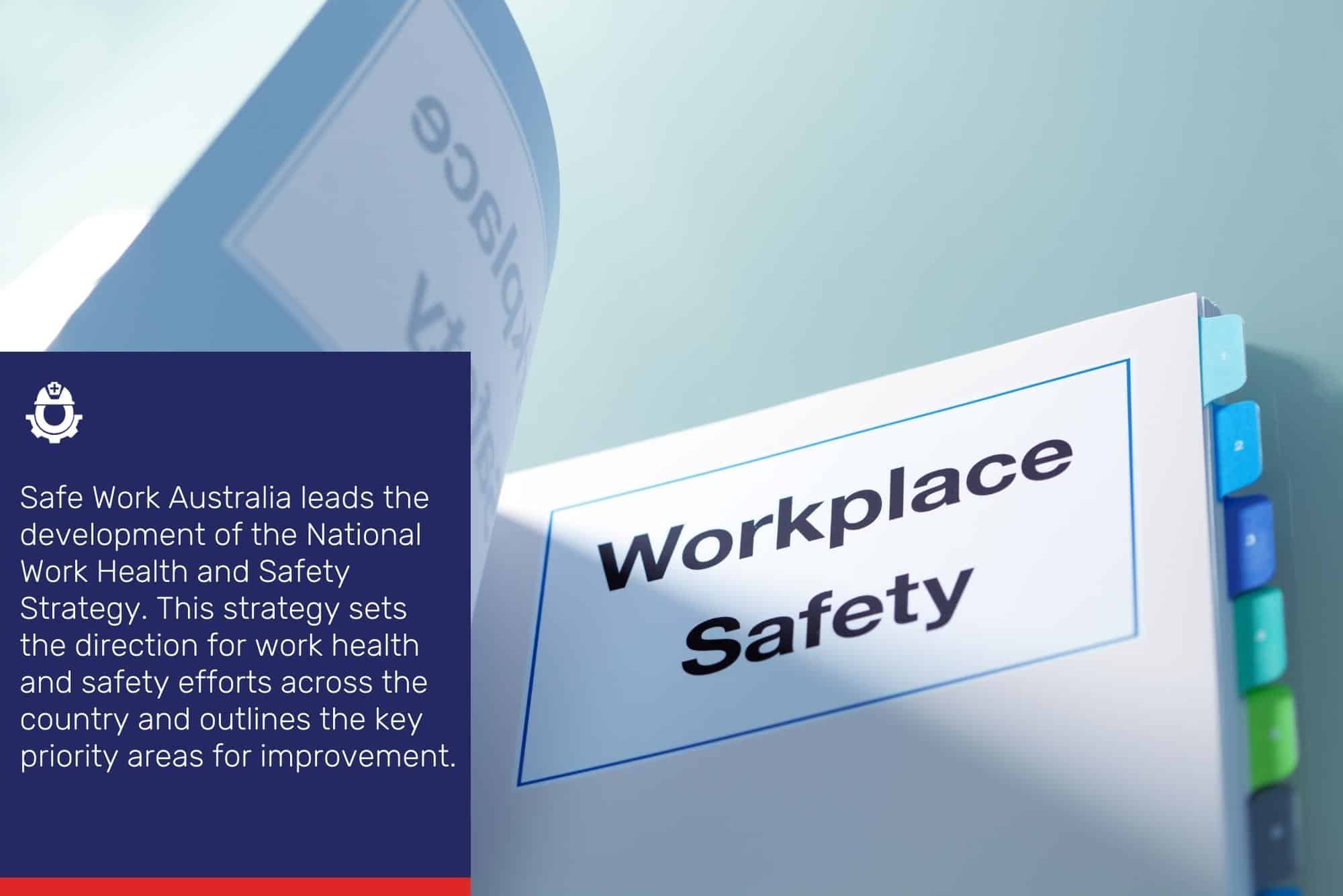
National Work Health and Safety Strategy
Safe Work Australia leads the development of the National Work Health and Safety Strategy. This strategy sets the direction for work health and safety efforts across the country and outlines the key priority areas for improvement. The strategy typically covers a ten-year period, providing a long-term vision for enhancing workplace safety.
The National Work Health and Safety Strategy is a collaborative effort, involving input from state and territory governments, industry stakeholders, unions, and experts in the field. By uniting these stakeholders behind a common vision, the strategy facilitates a cohesive approach to addressing work health and safety challenges.
The latest strategy, released in 2023, focuses on key themes such as leadership and culture, healthy and safe by design, supply chains and networks, and emerging risks. Each theme includes specific actions and targets aimed at driving continuous improvement in workplace safety.
Research and data analysis
Research and data analysis are at the core of Safe Work Australia’s activities. The agency continually conducts research to identify emerging risks, evaluate the effectiveness of existing safety measures, and uncover innovative solutions. By analysing workplace injury and fatality data, the agency gains valuable insights into the patterns and trends of work-related incidents.
This research-driven approach helps inform policy development, ensuring that safety initiatives are tailored to address the specific risks faced by different industries and occupations. Safe Work Australia’s commitment to data-driven decision-making is instrumental in promoting evidence-based workplace safety practices.
In addition to its own research, Safe Work Australia collaborates with other research institutions and agencies to gain a comprehensive understanding of work health and safety issues. This collaborative approach ensures that the best available evidence is considered in shaping safety policies and practices.
Promoting safe work practices
In addition to policy development and research, Safe Work Australia actively promotes safe work practices through various initiatives. The agency collaborates with industry bodies, unions, and educational institutions to disseminate information, conduct training programs, and raise awareness about workplace safety.
Through campaigns, resources, and public awareness initiatives, Safe Work Australia reaches out to employers, employees, and the general public to instill a safety-first mindset. By fostering a culture of safety, the agency aims to create a proactive approach to workplace safety where prevention takes precedence over reaction.
For example, Safe Work Australia has launched campaigns to raise awareness about the risks associated with working at heights, the importance of wearing personal protective equipment, and the need for regular breaks to combat fatigue. These campaigns use various media channels to reach a broad audience and deliver targeted safety messages.
Safe Work Month
One of Safe Work Australia’s flagship initiatives is Safe Work Month, an annual event that takes place in October. Safe Work Month serves as a dedicated period to raise awareness about work health and safety and promote best practices. The month-long campaign involves various activities, including seminars, workshops, webinars, and safety-focused events across the country.
Safe Work Month encourages employers and employees to actively engage in safety-related discussions and training, helping to embed safety principles into daily work routines. By dedicating an entire month to focus on workplace safety, Safe Work Australia reinforces the importance of making safety a top priority.
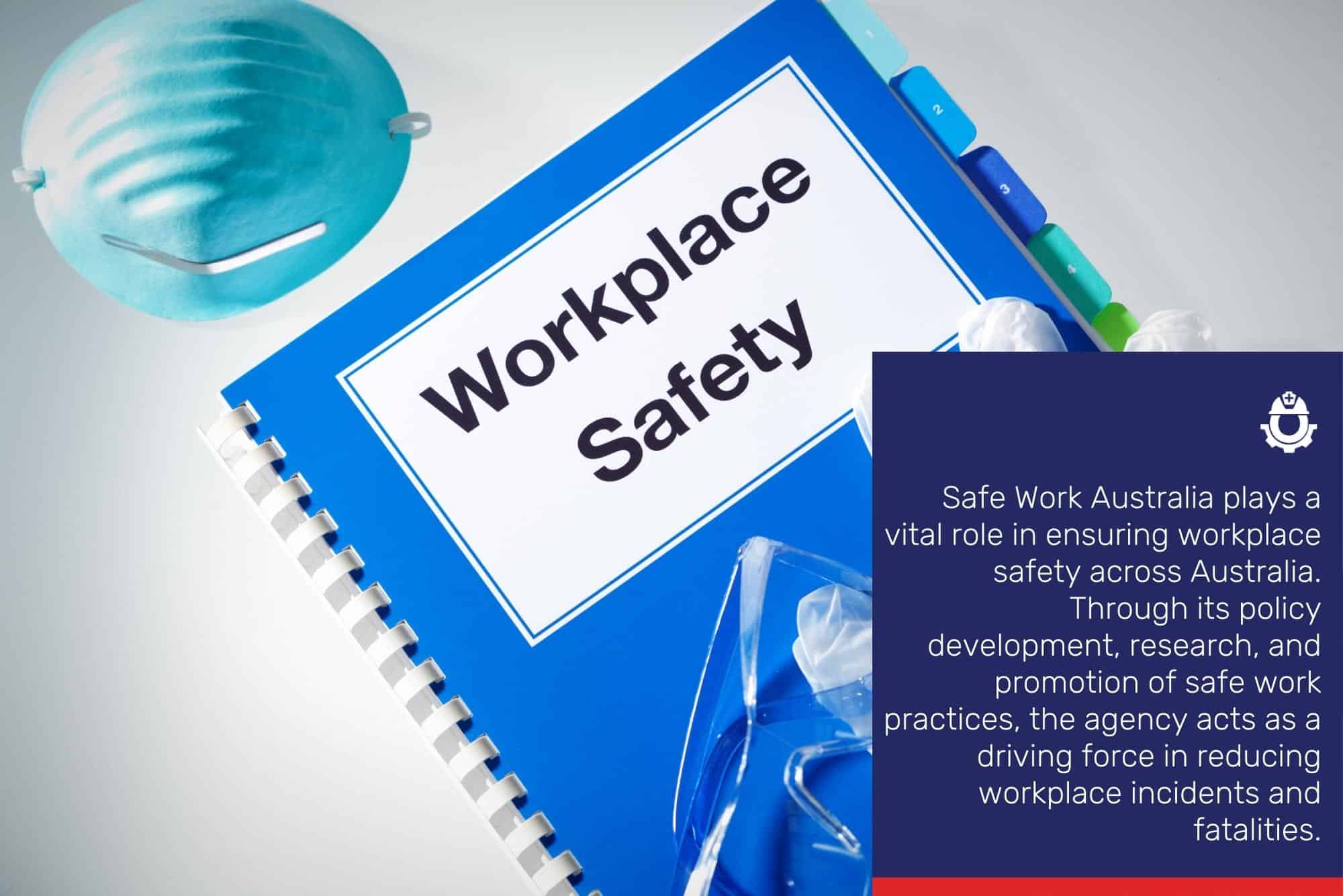
Joining hands for a safer future
Safe Work Australia plays a vital role in ensuring workplace safety across Australia. Through its policy development, research, and promotion of safe work practices, the agency acts as a driving force in reducing workplace incidents and fatalities.
As individuals, organisations, and communities, we must recognise the significance of workplace safety and actively participate in creating safer work environments. By adhering to the model WHS laws, implementing best practices, and prioritising the well-being of workers, we can collectively contribute to a safer and more secure future.
Let us join hands and commit to the vision of Safe Work Australia – a nation where every worker returns home safely at the end of each day. Together, we can build a culture of safety that not only safeguards our workforce but also drives economic productivity and social well-being. By working collaboratively, we can create a prosperous future where workplace safety is a shared responsibility and a shared achievement.
